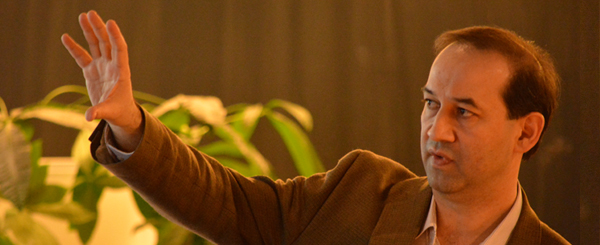ELSIセミナー
Dr. Rasulev and Dr. Meringer's seminar
- スピーカー
- Speaker: Markus Meringer (Deutsches Zentrum für Luft- ind Raumfahrt), Bakhtiyor Rasulev (University of North Dakota)
- 日付
- April 22, 2015
- 時間
- 15:30
- 場所
ELSI Building - 104 Communication Room

Title:
Mapping the Chemical Universe of Biomolecules for Astrobiology
Abstract:
Understanding the origins of life is a central question of Astrobiology. Computer methods offer unique means to approach this challenge. In order to obtain a better understanding of the selection rules which guided chemical and early biochemical evolution, our approach is to computationally generate exhaustive sets of biomolecule analogues, to calculate their physico-chemical properties, and to simulate adaptive processes that might have led to the biochemical foundations of life as we know it. Results on the amino acid alphabet will be presented and ongoing studies of nucleotide analogue libraries will be discussed.

Title:
Nanomaterials: Prediction of physico-chemical, toxicological and pharmacological properties
Abstract:
Within the rapidly increasing nano-industry, the various physical and biological properties assessment, and especially, risk assessment of nanoparticles entering into the environment becomes a crucial issue. Because of peculiar physical and chemical features, the biological activity and toxicity study of nanoparticles requires an interdisciplinary approach, involving multiple aspects ranging from physics and chemistry to biology and medicine. Moreover, there is a need for new methods to quickly assess the toxicity of these specific materials. Computational methods have been found to be efficient alternatives for predicting various properties and potential toxicity of nanomaterials before mass production. The discussed interdisciplinary approach can be considered as a computational nanoscience or computational nanotoxicology approach, which includes contributions of the following: Quantum-Chemical methods, Protein-Ligand Docking methods and Quantitative Structure-Activity Relationship (QSAR) methods in connection with experimental assessment. The adaptation, application of these computational approaches and recent results are discussed.












